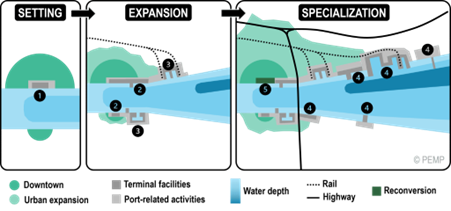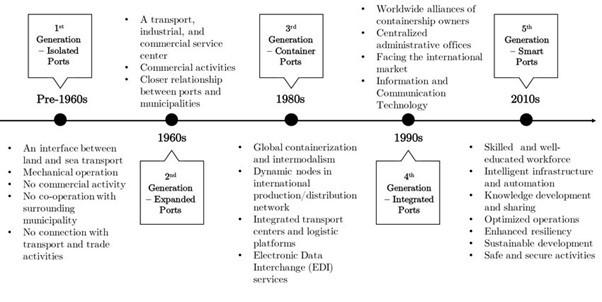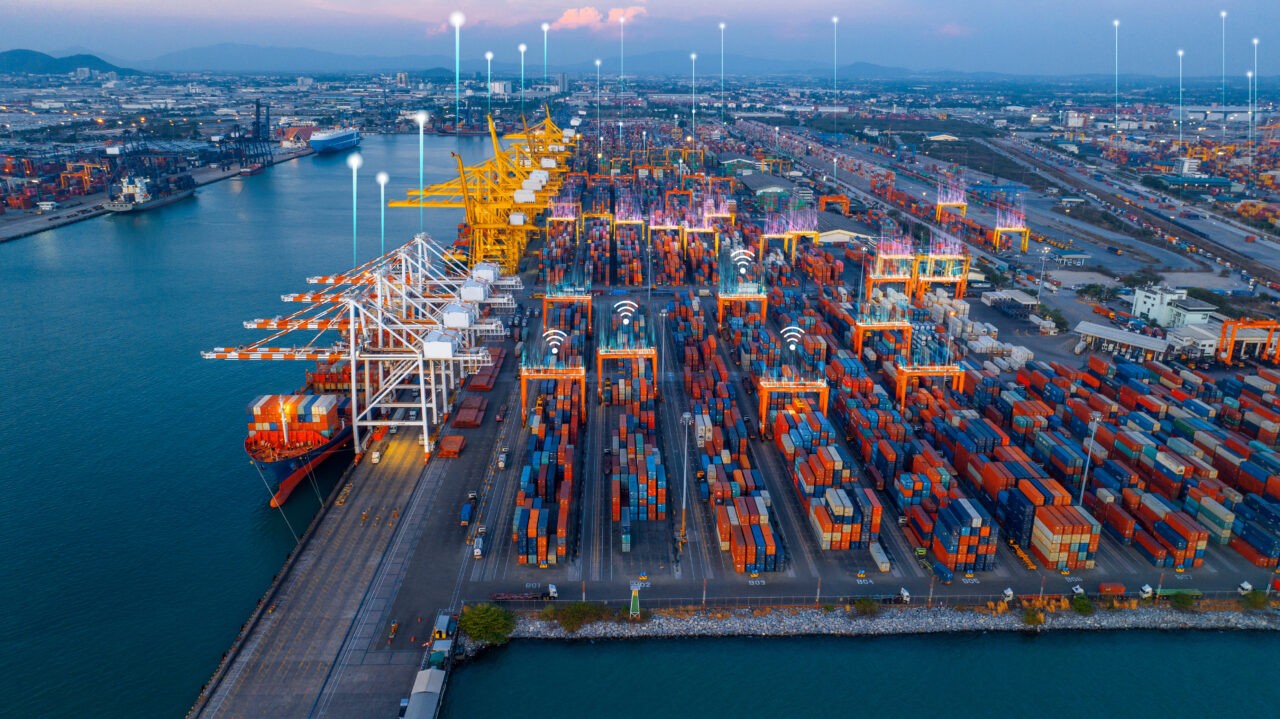THE RISE OF SMART PORTS: TRANSFORMING THE SHIPPING INDUSTRY WITH DATA-DRIVEN INNOVATION
THE RISE OF SMART PORTS: TRANSFORMING THE SHIPPING INDUSTRY WITH DATA-DRIVEN INNOVATION
The shipping industry is experiencing a significant transformation with the emergence of Smart Ports. These modern, technology-driven ports utilise innovative solutions and data analytics to improve operational efficiency, safety, and sustainability (Port Technology, 2023).
Traditionally known for its resistance to change, the shipping sector has often been slow to adopt new technologies that deviate from established practices (Polina, 2023).
However, a new wave of intelligent innovations and smart interfaces, powered by data science, is now reshaping port operations. These advanced solutions integrate key technologies such as Artificial Intelligence (AI), the Internet of Things (IoT), Digital Twins, Blockchain, and 5G to drive efficiency and optimisation (Kevin et al., 2023).
The Evolution of Ports
The development of ports has been a remarkable journey, mirroring technological progress and shifts in global trade dynamics (Notteboom, Pallis, and Rodrigue, 2021).

Figure 1: The Evolution of a Port. Source: (Notteboom, Pallis and Rodrigue, 2021)
First Generation Ports
Early ports were primarily focused on manual cargo loading and unloading, relying on basic infrastructure and labour-intensive processes (Belmoukari, Audy, and Forget, 2023).
Second Generation Ports
This stage introduced specialised terminals and the initial steps toward mechanisation, though operations remained largely compartmentalised (Belmoukari, Audy, and Forget, 2023).
Third Generation Ports
Automation began to take hold, with conveyor systems and centralised planning improving efficiency and enabling some level of operational integration across terminals (Angeliki, 2005).
Fourth Generation Ports
The digitisation era emerged, incorporating data analytics in isolated systems and piloting new technologies to enhance port operations (Paixao and Marlow, 2003).
Fifth Generation Ports (Smart Ports)
Modern Smart Ports are defined by extensive sensor networks, the Internet of Things (IoT), integrated data analytics, advanced automation, and electrification. These ports prioritise renewable energy, energy storage, and resilience, ensuring optimised end-to-end logistics flows (Lee et al., 2018).
The evolution of ports has been shaped by global trade demands and logistics innovations. From serving solely as cargo handling hubs, ports have expanded their role to include warehousing, cargo value addition, multimodal transport facilitation, real-time tracking, and fleet optimisation, solidifying their position as integral components of the global supply chain (Belmoukari, Audy, and Forget, 2023).

Figure 2: Ports development throughout the history. Source: (Molavi, Lim and Race, 2019
This article & imagery originally appeared on: https://www.linkedin.com/pulse/ports-future-unlocking-smart-sustainable-growth-problems-solved-ltd-lqxke/
Read further here


